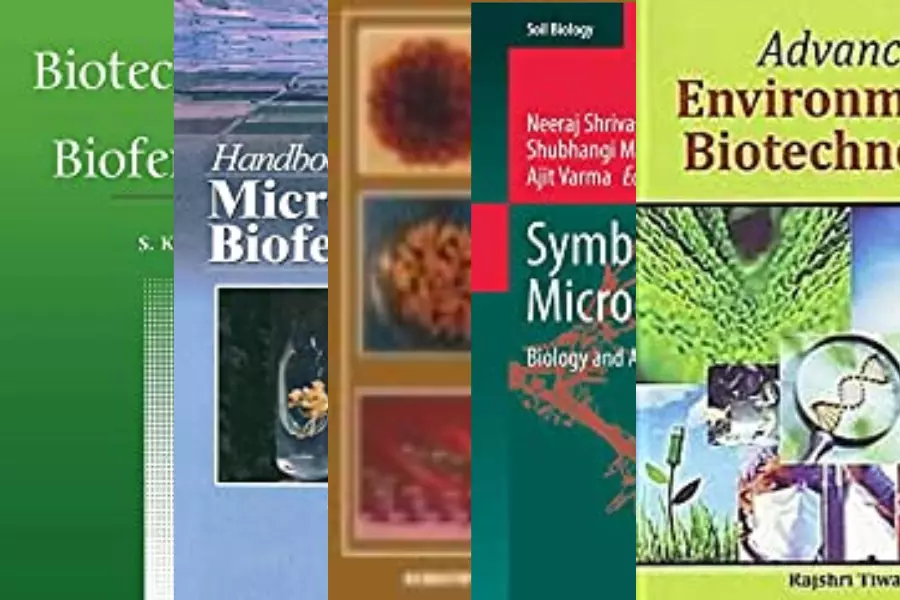This edition provides various aspects of biotechnology and microbiology written in a simple and lucid style to help the reader grasp the information quickly and easily. The book contains 22 chapters and each chapter presents updated material sufficient to meet the students expectations from a basic textbook. Chapters 14, 16, 18, and 20 have been updated including some new additional material. Two new chapters, 21 and 22, have been added that deal with the microbial pesticides and biofertilisers, respectively. All the previous chapters have been revised and updated. An updated index has been included to give more importance to the book. This edition of the book will prove to be very useful reading material for all students, teachers, professionals, researchers, industrialists, scientists involved in chemical engineering, biochemical engineering, environmental science, microbiology, biotechnology and life science. All the tables and figures have been newly redrawn to give full clarity to and good understanding of the topics. Most importantly, this book has been printed in two colours, it will give more impact to the students. The book also caters to the requirement of the syllabus prescribed by various Indian universities for undergraduates and postgraduates who are pursuing these courses.








